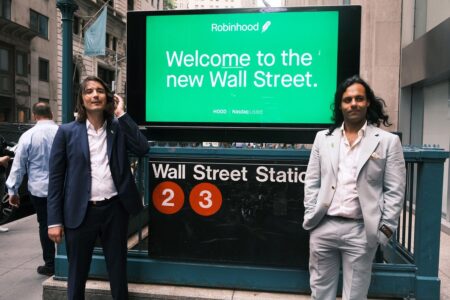Kenda Laney, founder & CEO of Laney Media, an organic content marketing firm for founders scaling to 7 figures and beyond.
What drives visibility on any social platform? Let’s reason through this.
All social media platforms are businesses; therefore, their purpose is ultimately to make money. How do they make money? By keeping people on the platform for as long as possible so they can show people as many ads as possible. So when you make the platforms money by keeping people there (i.e., watching your content in its entirety), they reward you by showing your content to more people.
So if you’re trying to grow your audience, the question shouldn’t be, “How do I get more views?” Instead, ask yourself, “How do I get the people who see my video to watch the whole thing?”
Watch time equals visibility. It’s how the platforms make money. And when you make them money, they reward you by showing your content to more people.
Increasing Your Viewers’ Watch Time
So now that we’re asking ourselves the right questions, let’s overhaul your content. Contrary to what the marketing gurus would have you believe, your intention should not be to educate—it should be to activate.
I’ve found that what keeps audiences watching is when the content triggers a dopamine release in their brain. When they have that positive association, it can not only keep them watching but may even lead them to bingeing the rest of your content, which, if done correctly, can condense the customer journey and lead them into your sales process faster than any ad or educational video.
Your goal should be to elicit an emotional response. Speak directly to a symptom you know they are experiencing, showcase the gap in their knowledge that is keeping them stuck, and then give them a solution framed in a way that will anchor them in your authority. So instead of saying, “Here’s three tips for how to reach more people on Linkedin,” try saying, “You’re reaching less than 100 people on LinkedIn because of [x]
.” See the difference?
Symptoms vs. Problems
While most everyone may tell you to hit on people’s problems, I take a different approach that I’ve found to be more effective. Many people don’t know what their problem is—they only know what they are experiencing. Remember when you last had a sore throat? That was your symptom. You didn’t know why your throat was sore (the problem); you only knew what you were actively experiencing.
Now let’s say you’re served two videos on your For You page. The first is about three ways to get rid of the flu fast. (Remember, all you know right now is that you have a sore throat. You don’t know what’s causing it.) The second unpacks the reasons your throat could be sore and has a CTA to book an appointment to determine what your specific diagnosis is.
Which video is more likely to activate you to do something? That’s why we don’t educate—we activate.
Unpacking The Science Of Virality
1. Drive watch time. When posts stimulate curiosity, this can activate the brain’s dopamine, which is the neurotransmitter associated with anticipation and reward. Framing your content in this way can create a gap where viewers’ brains are driven to stay to satisfy their curiosity and get to the “aha!” moment.
2. Be memorable. Neuroscience tells us that people are more likely to remember information that is tied to an emotional response. You can beat your competitors by making sure it’s your name that viewers remember.
3. Embrace reciprocity. When you fill the knowledge gap that you’ve illuminated for your audience, their brains experience a sense of reward. This releases dopamine, which can help give them a sense of loyalty to you and your brand and a desire to see more of your content.
Of course, eliciting this type of emotional response can also serve to drive engagement. I’ve observed through my own posts that people are more likely to save, share and comment when activated by these emotional triggers. This goes for all platforms, not just Linkedin.
As a bonus, when you create content this way, you can make more impact with less content. In my experience, this can translate to more leads, more sales and, most importantly, more time and space to work on the aspects of your business that you love.
Final Thoughts
If you’re creating the first of the examples I gave (“3 Tips for How to…”), that could be a main reason for why your views are low, leads are slow, and/or engagement feels nonexistent. People interact with content that makes them feel something, and that’s something you control, not the algorithm. When your video is shown to the first “batch” of people and only a handful of people stick around to watch it, that tells the algorithm this is not a video that will keep people watching, so they stop showing it to people.
The algorithm isn’t against you—it’s the users themselves who are not enjoying your content.
I understand that this may not be what you want to hear, but it is good news. It means that you can control the performance of your content by perfecting the very psychological triggers that make people unable to look away. So like I said: It’s not the algorithm, it’s your content. But you have the power to control both.
Forbes Business Council is the foremost growth and networking organization for business owners and leaders. Do I qualify?
Read the full article here











